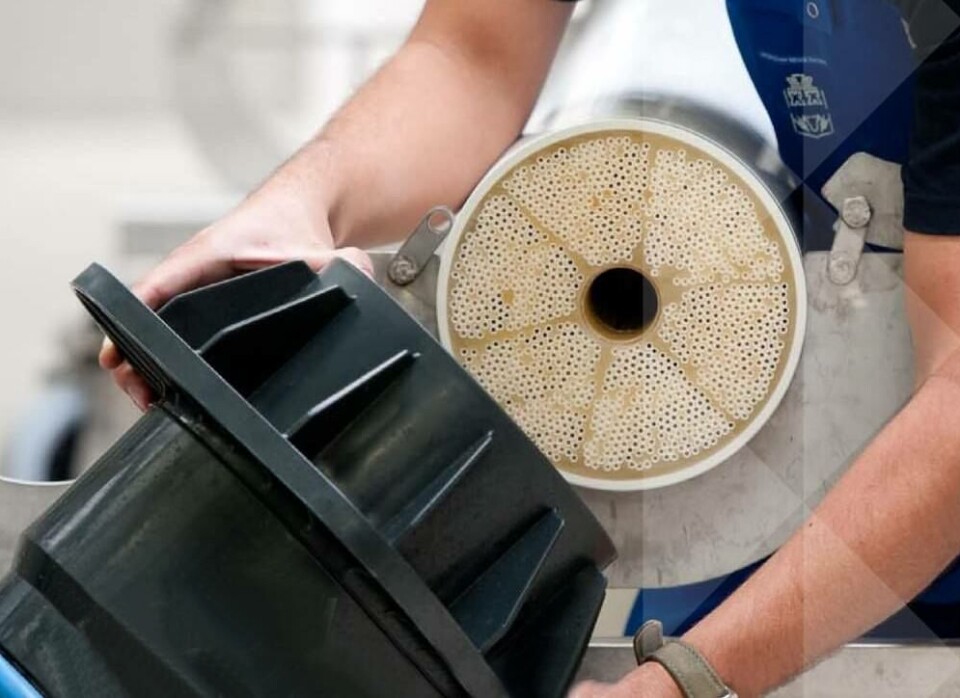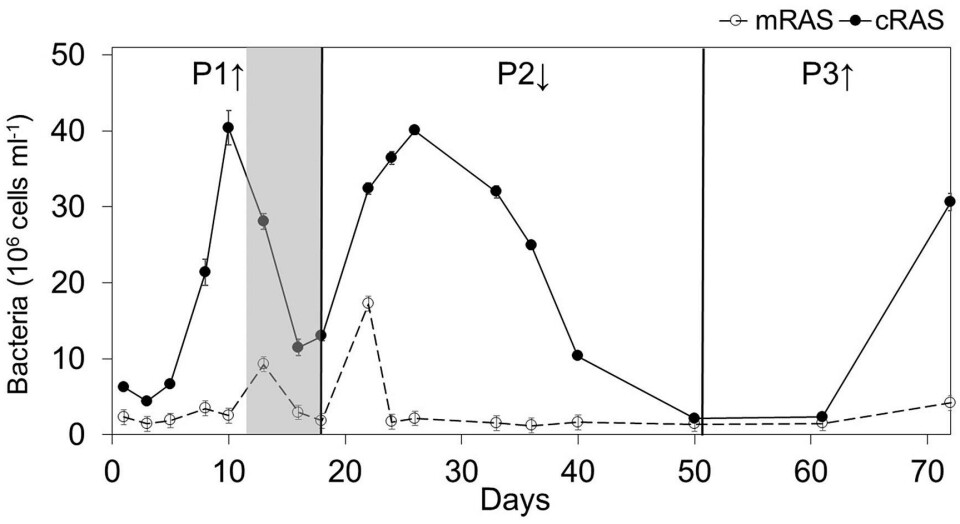
Ultra-fine filter seen to improve RAS water quality
Researchers in Norway observed a more stable and better physicochemical and microbial quality of water by incorporating an ultrafiltration membrane in an aquaculture recycling system.
In RAS, small particles can accumulate and adversely affect water quality, reducing the nitrification efficiency of the biofilter and causing fish health problems.
According to a group of Norwegian scientists, mechanical filtration through a membrane with a smaller diameter than commonly used could improve water quality and lead to higher growth rates along with lower mortality.
Membrane
With this hypothesis, they carried out a study to evaluate how the physicochemical and microbial quality of the water in RAS with and without membrane filtration would be affected by high / increasing and low / decreasing loads of particles and organic matter.
To do this, they installed an ultrafiltration membrane (20-30 nanometres) to treat 10-15% of the total flow of water in a RAS circuit (mRAS), and compared the productive results with a conventional RAS (cRAS) culturing Atlantic salmon ( 40 ± 4 g) for 72 days.
To evaluate bacterial dynamics with and without membrane filtration at different organic loads, the water exchange rates were also manipulated to create periods with high and low load of organic matter.

Fewer bacteria
The results showed that the organic matter in the water of the mRAS was more stable throughout the experiment for the different organic loads, and therefore, generally, bacterial densities were lower than in the cRAS.
“All the variables indicate a better microbial environment in the mRAS water. In addition, the physicochemical quality of the water was better in the mRAS in terms of lower turbidity, particulate organic matter and slightly lower concentrations of total ammonia nitrogen,” said the researchers.
These results led to the composition of the microbial communities being significantly different between the two systems, as well as their temporal variations.
Bigger fish
In terms of production, the fish farmed in the mRAS were significantly larger (14%) than the fish in cRAS, however, the researchers were not able to associate it exclusively with the type of system.
“It is difficult to conclude whether the better growth in mRAS was due to higher temperatures (caused by the functioning of the membrane) or better water quality, since it was probably a combination of both,” said the researchers from the Norwegian University of Science and Technology, SINTEF and the University of Copenhagen.
“We can conclude that membrane filtration provided a more stable and better physicochemical and microbial quality of water, which will reduce the probability of accidents related to microorganisms in RAS.”
Read the full article entitled “Effects of reduced organic matter loading through membrane filtration on the microbial community dynamics in recirculating aquaculture systems (RAS) with Atlantic salmon parr ( Salmo salar )” here.























































